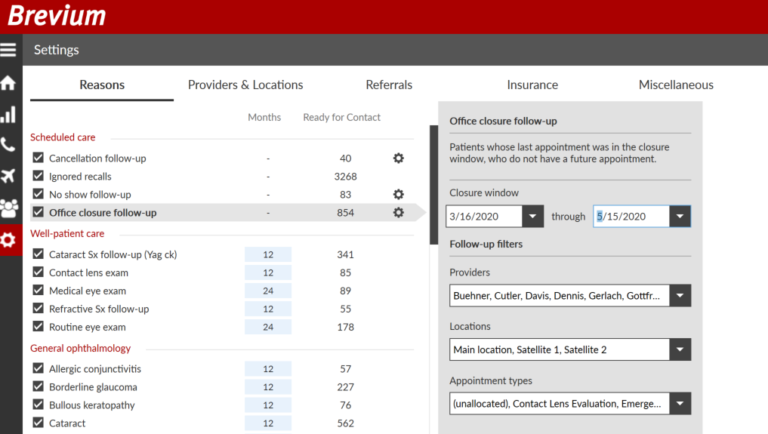The Brevium Blog

Unlocking Success: 5 Compelling Reasons to Prioritize Patient Reactivation in Your Healthcare Practice
In the dynamic landscape of healthcare, successful practices continually explore innovative approaches to draw in new patients. While attracting fresh faces is crucial, the often-neglected goldmine lies in patient reactivation. Surprisingly, only about 30 percent of practices leverage these strategies. Here are five compelling reasons to emphasize patient reactivation in your healthcare practice:
1. Cost-Effective Strategy:

Reactivating former patients proves more cost-effective than relentlessly pursuing new ones. Patients with a positive history at your practice are more likely to return, eliminating the need for an extensive reactivation marketing plan. According to Harvard Business Review, acquiring a new customer can be up to 25 times more expensive than retaining an existing one [1]. Redirecting some focus to patient reactivation can enhance your practice’s success in a cost-effective manner.
2. Optimizing Provider Schedules:
Filling providers’ schedules is a perpetual challenge. Patient reactivation not only benefits existing providers but also seamlessly integrates new ones. By utilizing simple and effective methods like text messages, you can notify overdue patients about treatment, making it easy for them to schedule appointments. A Brevium case study highlighted the success of this approach, scheduling numerous appointments within months [2].
3. Avoiding Revenue Loss:

Neglecting customer reactivation can lead to the loss of patients and revenue. Inactive patients often go unnoticed, resulting in practices writing them off as lost. The average cost per new patient lead is substantial, ranging from $36 to $286. Instead of investing heavily in attracting new patients, focus on reactivating existing ones to save time, effort, and money.

4. Higher Retention Rates:
Leveraging database reactivation taps into the existing trust established with former patients. Studies indicate a 60 to 70 percent chance of selling again to established customers, compared to a 5 to 20 percent chance with new leads. Targeting former patients requires less effort from your team and provides superior results for your practice.
5. Patient-Centric Approach:
Patient reactivation not only benefits your practice but also enhances patient care. Many patients go inactive due to various reasons beyond the practice’s control. Implementing reactivation tactics ensures better care by encouraging patients to actively participate in their healthcare journey, and promoting preventative care and follow-up appointments.

In conclusion, patient reactivation emerges as a cost-effective, efficient, and patient-centric strategy. It saves costs, optimizes schedules, prevents revenue loss, increases retention rates, and fosters active patient participation. By rekindling these valuable relationships, your practice can thrive financially while delivering superior care and meeting ethical and legal obligations.














